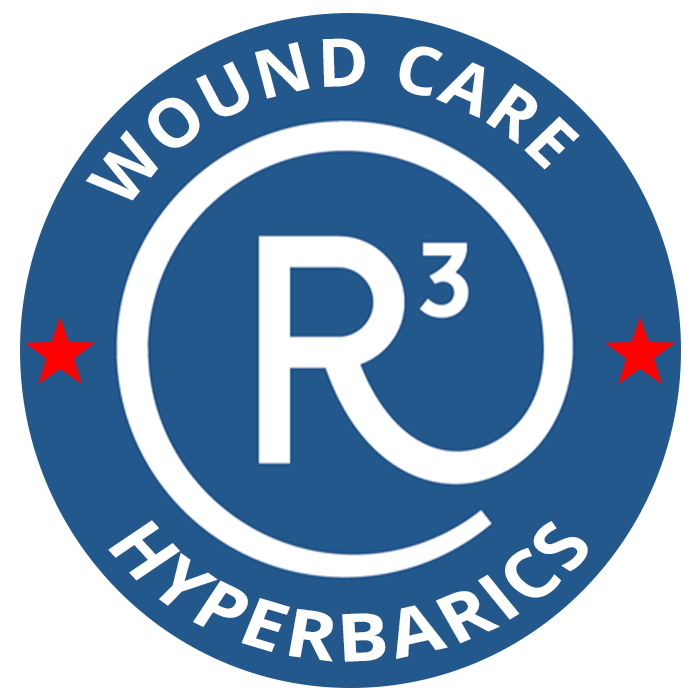Debridement is the removal of dead (necrotic) tissue from a chronic wound to help it heal properly. Necrotic tissue at the wound site keeps healthy tissue from developing and increases the risk of infection. The dead tissue must be removed to create a clean, healthy wound bed that can heal effectively.
Active debridement is the manual removal of necrotic material with scalpel and forceps or with surgical scissors. Because the nerves in the dead tissue are not functioning, the debridement procedure may be relatively painless. However, topical painkillers, such as lidocaine, when applied before the procedure, can control discomfort.
Autolytic debridement removes dead tissue by encouraging the body’s ability to naturally slough off the necrotic material. This is achieved by applying hydrocolloids or hydrogels, substances that keep the wound moist and encourage dead tissue to detach naturally.
CONDITIONS THAT MAY REQUIRE WOUND DEBRIDEMENT:
- Arterial and venous insufficiency ulcers
- Burns
- Crush injuries
- Decubitus ulcers
- Delayed radiation injury
- Diabetic complications
- Gas gangrene
- Necrotizing infection
- Pressure ulcers
- Surgical wounds, grafts, flaps
- Wound dehiscence
R3 Wound Care and Hyperbarics can provide the treatment you need—no doctor referral is needed. Contact one of our 8 locations in the Dallas-Forth Worth, San Antonio and Houston areas of Texas.
We have locations in the Arlington, Flower Mound, Keller, Castle Hills, Stone Oak, Kingwood, Frisco, Pearland area Texas. Contact one of our offices to make an appointment to begin healing today.
